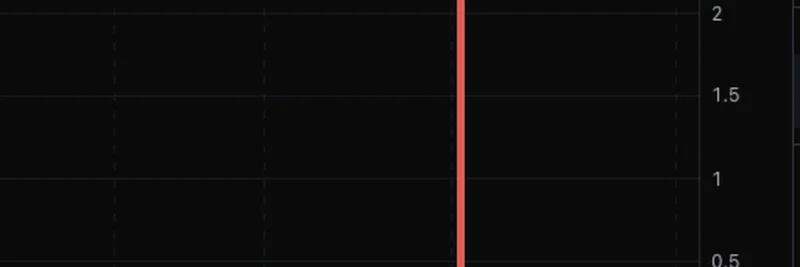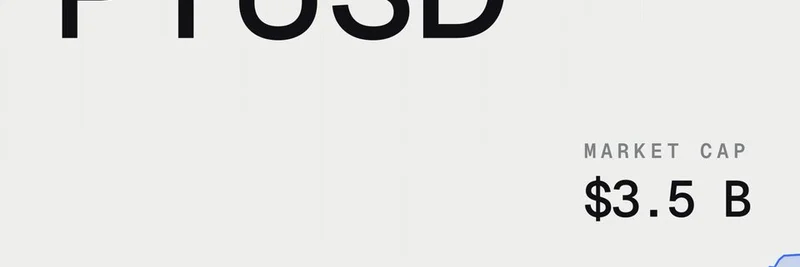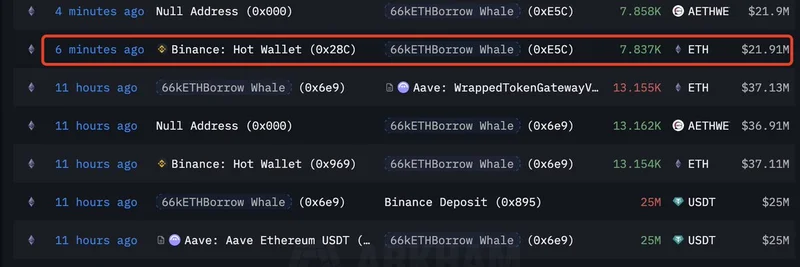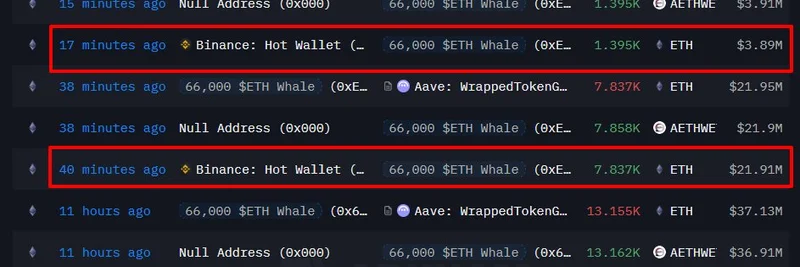In the fast-paced world of crypto, security alerts can save fortunes, and the latest one from HashDit is a stark reminder of that. Earlier today, HashDit, a Web3 security firm, flagged a major compromise involving GANA PayFi, a decentralized payment platform blending payment systems with DeFi features. Hackers made off with around $3.1 million worth of $GANA tokens, leaving the community on high alert.
GANA Payment, often referred to as GANA PayFi, is a relatively new player in the DeFi space. It operates on the Binance Smart Chain (BSC) and focuses on making payments more efficient, especially for users in emerging markets. Think reduced fees, faster remittances, and programmable transfers—all powered by blockchain. The project includes built-in compliance tools like KYC checks and on-chain audits, overseen by the GANA Labs Foundation. But as we've seen time and again, even promising projects can fall victim to exploits if security isn't ironclad.
According to HashDit's alert on X, the root of the problem was a malicious change in the ownership of the exploited smart contract. This allowed the attacker to tweak reward rates and trigger unstaking functions, pulling out far more $GANA tokens than they should have. The hacker then dumped these tokens on the market, cashing out quickly. The stolen funds were funneled into Tornado Cash, a privacy mixer, via this Ethereum address—likely after bridging from BSC to Ethereum to obscure the trail.
This chart from the alert illustrates the dramatic price plunge following the exploit, highlighting the immediate market impact.
Here, you can see some of the suspicious transactions that HashDit monitored.
On-chain sleuth ZachXBT also chimed in, noting how the attacker swiftly moved 1,140 BNB (about $1.04 million) into Tornado Cash on BSC and bridged assets to Ethereum for further laundering. Incidents like this aren't isolated; they've pushed DeFi exploit losses to over $1.8 billion this year alone, as reported in various industry analyses.
While GANA isn't strictly a meme token, exploits like this ripple through the broader ecosystem, including meme coins on BSC. Many meme projects share similar vulnerabilities—rushed deployments, unrenounced ownership, or inadequate audits. For blockchain practitioners diving into meme tokens, this serves as a cautionary tale: always check contract ownership, look for audits, and use tools like HashDit's Chrome extension for real-time risk assessments.
What Should You Do Now?
If you're holding $GANA, HashDit advises halting all trades until the team issues an official update. Monitor their channels closely. More broadly, to enhance your security in the crypto space:
- Revoke Approvals: Regularly review and revoke unnecessary token approvals using tools like Revoke.cash.
- Use Hardware Wallets: Keep your assets in cold storage for better protection against online threats.
- Stay Informed: Follow reliable security firms like HashDit or CertiK for timely alerts.
- Diversify: Don't put all your eggs in one basket, especially with newer projects.
As the crypto landscape evolves, staying vigilant is key. At Meme Insider, we're committed to keeping you updated on these developments to help you navigate the wild world of blockchain safely. If you've got thoughts on this hack or tips to share, drop them in the comments below.




